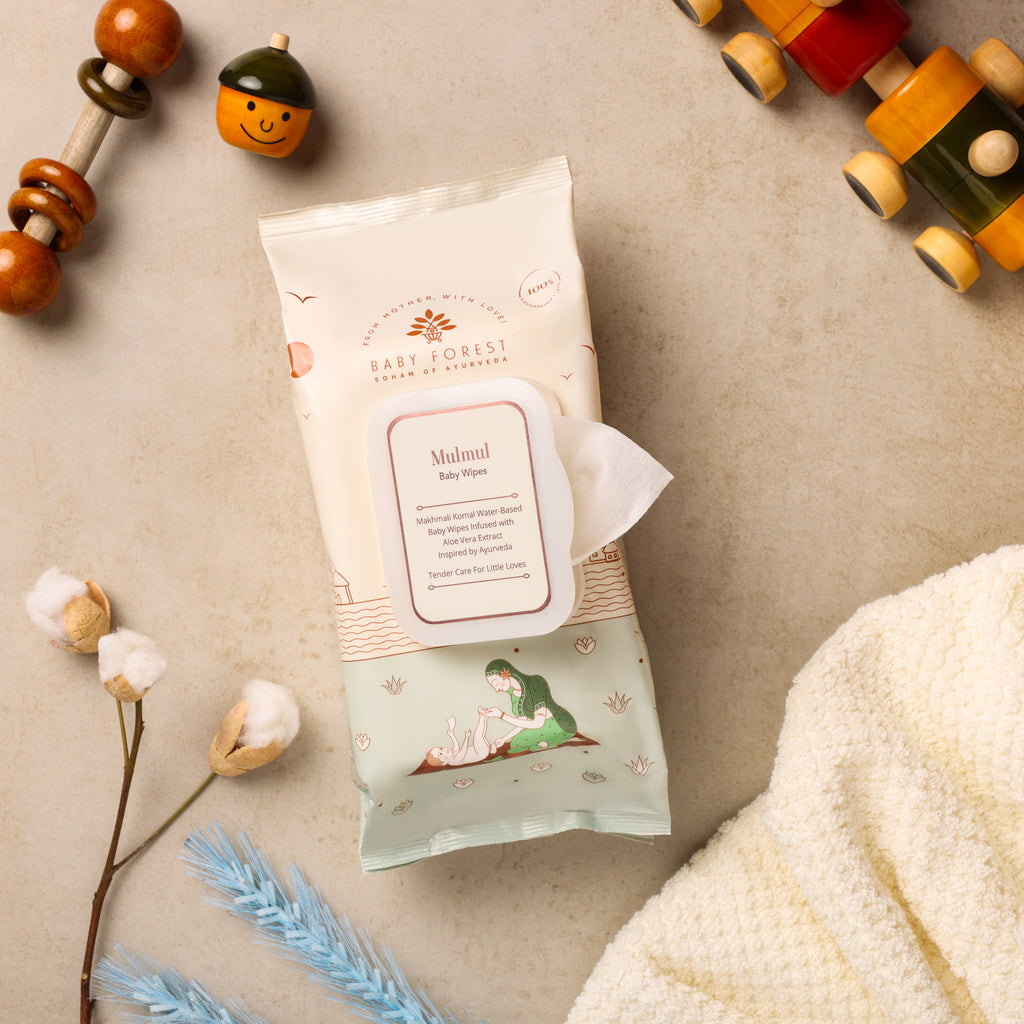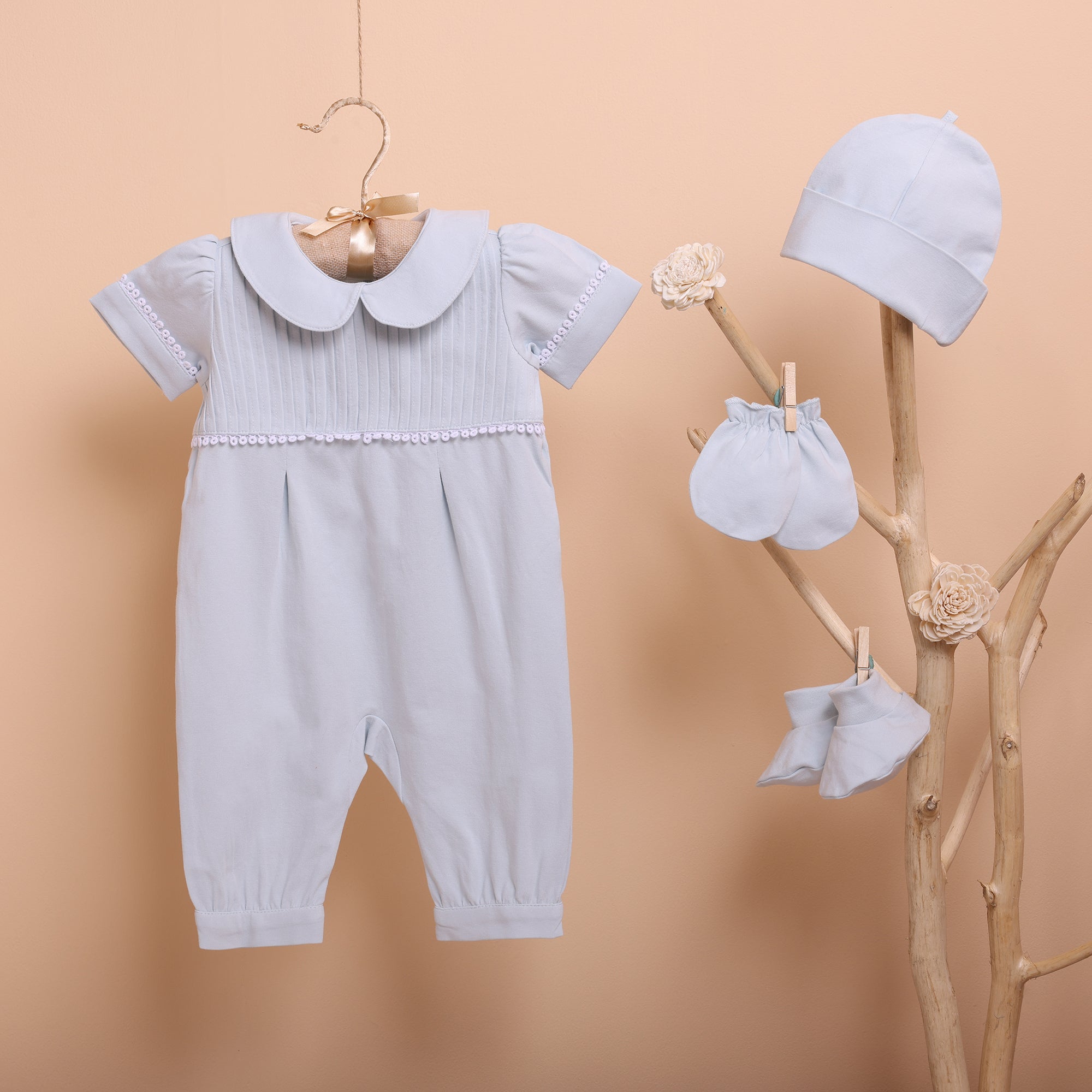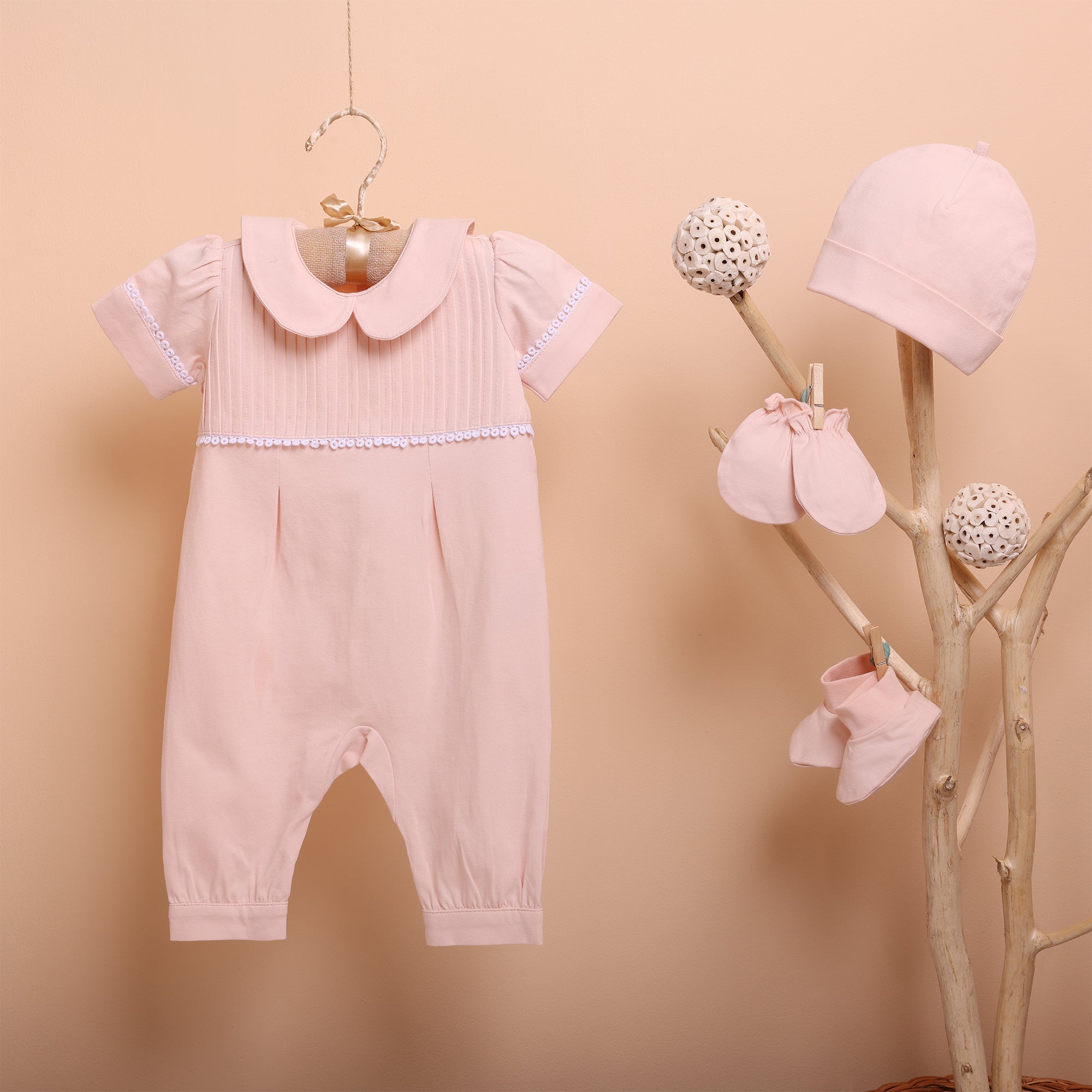
Secrets of Licorice: Ancient Remedy or Modern Superfood?



Rs. 399.00

Rs. 449.00

Rs. 1,995.00

Rs. 4,495.00

Rs. 4,495.00

Rs. 2,595.00

Rs. 8,750.00

Rs. 2,450.00

Rs. 999.00

Rs. 9,995.00

Rs. 1,495.00

Rs. 475.00

Rs. 1,845.00
Flying with a baby can be a daunting experience, especially for first-time parents. However, you can make the trip easier and more enjoyable for you and your child if you prepare and follow these helpful guidelines. Here are the top 10 things to know when flying with a baby.
Planning is crucial when flying with a baby. Book your tickets early to ensure you get the best seats for your family. If possible, choose flights that align with your baby’s nap schedule. This can help make the flight more manageable. Also, inform the airline if you need a bassinet or any other special accommodations.
Less is more when it comes to packing, but you still need to ensure you have all the essentials. Here’s a checklist to help you pack smartly:
Arriving at the airport early gives you ample time to handle unexpected situations. With a baby in tow, you’ll need extra check-in, security checks, and boarding time. Arriving early helps reduce stress and gives you time to deal with last-minute issues.
Selecting the right seats can make a significant difference in your travel experience. If possible, opt for bulkhead seats as they offer more legroom. Some airlines provide bassinets for babies in these seats, which can be a lifesaver on long flights. If bulkhead seats are unavailable, consider booking a window seat so you can have more privacy.
Comfort is key when flying with a baby. Dress your baby in comfortable, layered clothing to easily adjust to changing temperatures. A familiar blanket or toy can provide comfort and security. During takeoff and landing, feed your baby or offer a pacifier to help with ear pressure changes.
Keeping your baby well-fed and hydrated is crucial. If you’re breastfeeding, take advantage of feeding during takeoff and landing to help with ear pressure. If you’re bottle-feeding, pack extra formula or milk. Don’t forget to bring snacks if your baby is old enough for solids. It’s also important to keep yourself hydrated, especially if you’re breastfeeding.
Navigating airport security with a baby requires a bit of patience. You’ll need to carry your baby through the metal detector, so it’s helpful to use a baby carrier instead of a stroller. Liquids such as breast milk, formula, and baby food are allowed in reasonable quantities but will need to be screened separately. Be prepared for additional security checks for these items.
Layovers can be challenging with a baby, but with a little planning, they can be manageable. Choose airports that offer family-friendly amenities such as nursing rooms and play areas. Use layover time to feed, change diapers, and let your baby stretch. If the layover is long, find a quiet corner where your baby can nap.
Keeping your baby entertained during the flight is essential to avoid fussiness. Pack a few of your baby’s favorite toys and introduce a new toy to capture their interest. Singing songs, reading books, and playing simple games can also help distract your baby. For older babies, a tablet with pre-downloaded baby-friendly videos or apps can be a great source of entertainment.
Traveling with a baby can be unpredictable, and things might not always go as planned. Staying calm and flexible is crucial. Babies can pick up on your stress, so try to stay relaxed. If your baby cries or becomes fussy, remember that it’s normal and other passengers are usually understanding. Focus on comforting your baby, and don’t be afraid to ask the flight attendants for assistance if needed.
Flying with a baby can be challenging, but with careful planning and a positive mindset, it can also be a rewarding experience. Remember, the key to a successful flight is preparation, patience, and staying flexible. Safe travels!

